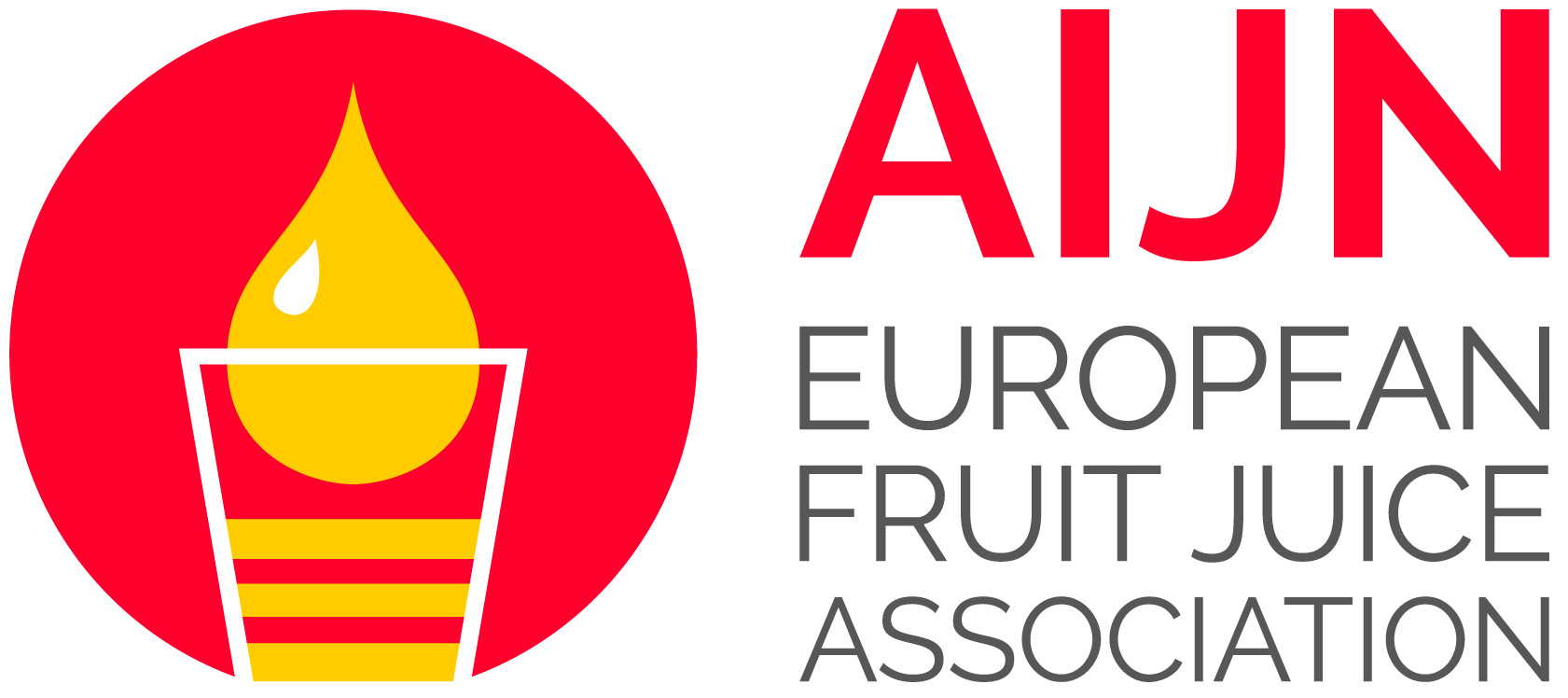Packaging cannot be considered in isolation from its product

2023-04-05
In its current wording, the Regulation can jeopardize food and consumer safety in Europe.
The Packaging and Packaging Waste Regulation (PPWR)’s ongoing revision is a huge opportunity to advance packaging circularity across the EU. Many industries are already making massive investments in material innovation, recyclability and reusability to comply with the Circular Economy Action Plan’s targets and meet the EU Green Deal’s overall ambitions.
The European Commission identified that economic operators across the Member States need to be enabled by a strong, harmonised regulatory environment to make packaging circularity a reality. Shifting the legal instrument from a Directive to a Regulation while preserving the existing internal market legal basis in its entirety is, therefore, the right step towards achieving this transition.
The Commission’s intention is clear: to reduce packaging waste, make all packaging recyclable by 2030 and increase the amount of reusable packaging. The Proposal’s ambitions cannot be questioned as they are timely and much needed. It is crucial, however, to base these objectives on substantial evidence to unlock their true potential. As pointed out already by many stakeholders, the accompanying impact assessment lacks sufficient data to fully back-up and justify the proposed targets, especially when it comes to reusable packaging.
To be clear: increased reusable packaging has a crucial role to play in transitioning to a circular and greener economy. The rules, however, should provide flexibility and enabling conditions to invest in reusable solutions where they make sense. Furthermore, the approach to increasing reusable packaging and reuse systems should be based on more evidence – a one-size fits all approach cannot bring the desired effects.
For instance, including microbiologically sensitive products, like fruit juices, under the mandatory reuse targets raises a number of additional concerns and may lead to unintended consequences.
Similarly to milk, fruit juices and nectars are made with raw materials of agricultural origin and are classified as perishable liquid foods by EU legislation. Failure to protect such foods properly could pose direct risks to consumers and increase the amount of food waste in the EU. Packaging serves an especially important role for sensitive products. It is the only shield, the only effective barrier they have against the entry of microorganisms and against oxygen which can lead from a loss of aromas and nutrients to product spoilage within a matter of days.
Fruit juices in particular require a very specific packaging mix to keep the product safe. The corresponding Fruit Juice Directive strictly forbids producers to add any preservatives to fruit juices. It is simply the constituent squeezed fruit, sealed in appropriate and secure packaging. Packaging, therefore, is the sole solution to keep them safe during transport and ensure an adequate shelf life.
AIJN Secretary-General Wouter Lox added that, due to their very nature, sensitive products have clear limitations with regard to reusable packaging:
“The European fruit juice packaging mix currently consists of 60% cardboard, 30% plastic and 8% glass. The final 2% represents other formats like cans, aseptic bag-in-boxes and pouches. The milk industry uses an almost identical packaging mix, which is attributed to the fact that both products are easily fermentable and at risk of spoilage if not sealed properly. If mandatory reuse requirements and targets are set for fruit juices, the only technically feasible reusable packaging is glass. All others are unable to adequately protect the product from spoilage.”
Unlike other sectors, such as soft drinks and water, the fruit juice industry cannot use reusable PET bottles. Reusable PET bottles, with today’s technology, cannot withstand the necessary heat treatments to stabilise fruit juices and nectars because the bottles present cracks after they are washed and refilled, enabling microorganisms to enter.
Linked to this, cleaning reusable packaging from fruit juice is not comparable to soft drinks. The process automatically demands more washing cycles, water and cleaning agents as fruit juice residues cling to the bottles’ interior.
Reconditioning the packaging to be effectively reused will automatically increase the industry’s water footprint and chemicals use. To this, we may add higher CO2 emission levels due to the transport of reusable glass packaging across Europe. Together, a mandatory shift to reusable packaging will unavoidably increase negative effects on the environment.
The objectively low proportion of reusable packaging within the mix is motivated by the specific requirements of sensitive products. Since only 8% of fruit juices on the EU market is bottled in glass at the moment (of which not all operate in a reuse system), increasing reusable packaging would require a complete shift in production methods and huge investments in new infrastructure.
Compared to other beverage industries, fruit juices and nectars represent 6,9% of the beverage market in the EU and producers consist primarily of small- and medium-sized enterprises (SMEs). If the Proposal’s current reuse targets become legally binding, SMEs will be confronted with huge financial and administrative burdens across all 27 Member States.
Reuse is one of the many directions to deliver on the Green Deal’s objectives, but only if it is a complementary measure to other solutions, such as recycling.
Reuse systems vary across Members States and cannot be implemented the same way. The Proposal, in its current state, ignores the important differences in the reuse history and sustainability credentials of Member States. The current top-down approach indeed fails to take into account the different national consumption patterns and the significant investments in collection and recycling already made in several countries.
The fruit juice industry is not against reuse systems and reusable packaging, but European policymakers should re-assess the PPWR’s requirements on a case-by-case basis and incorporate sensitive products’ particularities to avoid unintended consequences – this is absolutely essential to ensure that European citizens can continue easily accessing safe, high-quality products on the market.
